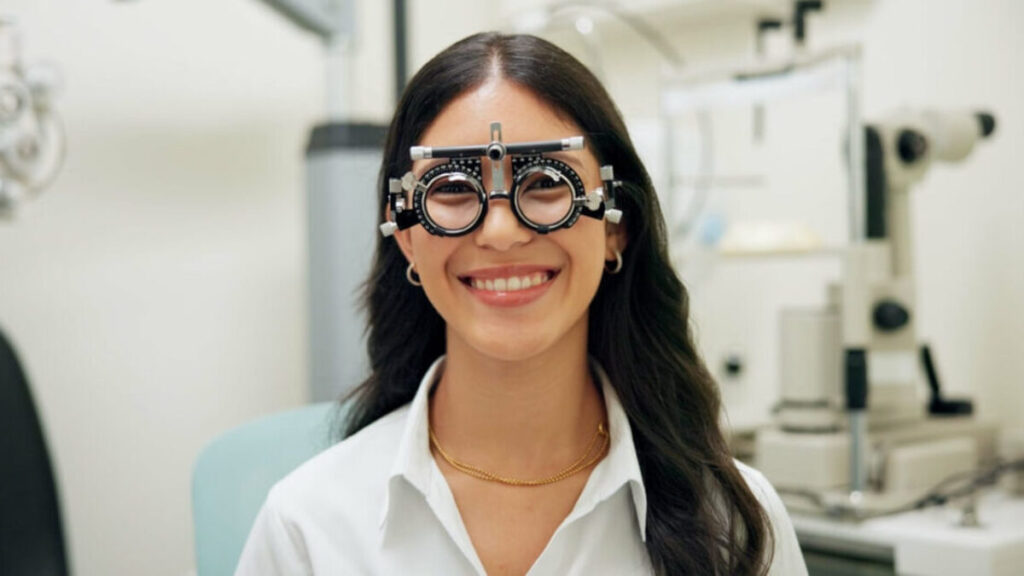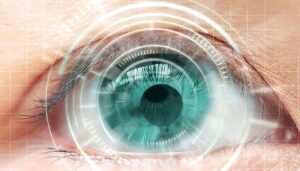Introduction
Imagine opening your eyes in the morning and seeing everything clearly—no fumbling for glasses, no blurry outlines of your alarm clock, no dry contact lenses to deal with. That’s the kind of freedom laser eye surgery offers, and it’s changing lives every single day.
Laser eye surgery, especially popular types like LASIK, is often associated with nearsightedness. But the reality is, this quick and relatively simple procedure offers benefits that extend far beyond fixing blurry distance vision. It’s more than a convenience—it’s a lifestyle upgrade, a mental shift, and in many cases, a smart financial move.
Let’s uncover the surprising, often overlooked reasons people from all walks of life are choosing laser eye surgery.
Why It’s More Than Convenience
Goodbye Glasses, Hello Freedom
Wearing glasses or contacts might feel routine, but once you’re free from them, you realize how much they held you back. Laser eye surgery offers that freedom. No more squinting in the rain, cleaning smudged lenses, or packing contact solution for every trip. It’s like trading in a bicycle for a car—you didn’t notice how slow things were until you sped up.
Confidence in Your Appearance
For many people, glasses become part of their identity—but not always in a positive way. Some avoid swimming, sports, or even professional events because their glasses get in the way or make them feel self-conscious. With laser eye surgery, people often feel more confident, more expressive, and more in control of their appearance—whether it’s makeup application, photos, or simply feeling like their face isn’t hidden behind frames.
Saving Money in the Long Run
While the upfront cost of laser eye surgery can seem high, it often balances out over time. Think of what you spend on:
- New glasses every few years
- Prescription sunglasses
- Contact lenses and solutions
- Eye exams and prescription updates
Add that up over 10–15 years, and surgery starts looking like a wise investment. It’s not just about what you save—it’s about what you stop needing to worry about.
Life Improvements After Surgery
Clear Mornings, Better Days
One of the most common reactions from patients is how life-changing it feels to wake up and see. That simple act—opening your eyes and having a clear view of your surroundings—sets the tone for the entire day. Imagine being able to jump straight into your routine without the hassle of corrective lenses. For parents, travelers, athletes, and professionals alike, it’s a game changer.
See more: Customised LASIK: Tailoring Your Vision for Maximum Precision and Comfort
Less Stress, More Peace of Mind
Think about all the little worries glasses and contacts bring: “Did I pack my lens case?” “What if my glasses break on vacation?” “Will my contacts dry out during my meeting?” These small stressors build up. After laser eye surgery, patients often say they feel mentally lighter—less anxious about their vision and more focused on the moment.
Understanding the Technology & Safety
What Happens During Surgery
The most common form of laser eye surgery is LASIK. Here’s the simple version: your eye is gently reshaped using a laser, allowing light to focus correctly on your retina. The procedure usually takes about 15 minutes for both eyes, and most people feel only mild pressure—not pain—during the process.

Is It Safe?
In a word: yes. Laser eye surgery has been performed for over 30 years and has an excellent safety record. Millions of people have had successful outcomes. Thanks to modern technology, the laser systems are incredibly precise and customizable to your eye’s unique shape. It’s not guesswork—it’s guided by high-resolution imaging and real-time tracking.
When It Makes Sense to Consider Surgery
More Than Just Nearsightedness
While it’s commonly used to treat myopia (nearsightedness), laser eye surgery can also help with:
- Hyperopia (farsightedness): Struggling to read menus or phone screens up close.
- Astigmatism: Blurred vision due to an irregular cornea shape.
The best part? You don’t need a super-strong prescription to qualify. Many people with mild or moderate issues find relief and clarity after the procedure.
Best Age Range: 20s to 40s
Why this range? Because your prescription usually stabilizes in your mid-20s, and most age-related eye conditions (like cataracts or presbyopia) haven’t yet developed. That said, many people in their 50s or even 60s can still be great candidates with the right screening and expectations.
Risks and Considerations
Like Any Surgery, It’s Not Risk-Free
Most patients heal quickly with little to no complications. But it’s important to know the potential risks, such as:
- Dry eyes (usually temporary)
- Night glare or halos
- Undercorrection or regression (in rare cases)
The key to minimizing risk? Choose a qualified, experienced surgeon and follow pre- and post-operative instructions closely.
Consultation Is Critical
Not everyone is a candidate. People with thin corneas, unstable prescriptions, or certain medical conditions might not qualify. That’s why a thorough consultation is essential. It’s about making sure the procedure fits you, not the other way around.
Conclusion: A Clearer Future in More Ways Than One
Laser eye surgery isn’t just for people who hate their glasses—it’s for anyone looking to take back control of their vision and their lifestyle. The benefits go beyond sharper sight. We’re talking about emotional freedom, long-term savings, greater confidence, and an improved quality of life.
Yes, it’s a medical procedure. But it’s also an investment in how you see the world—and how you feel in it.
If you’ve ever dreamed of waking up to clear vision, without the weight of glasses or the routine of contacts, this might be your moment. Speak to a trusted eye specialist, ask questions, and explore your options.
Because sometimes, the clearest path forward starts with the decision to see things differently.


